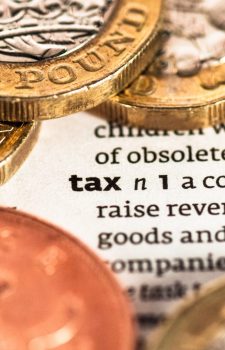An analysis of the effects of taxes and benefits on household income
Tim Knox and Daniel Lilley, January 2023
This analysis of Office for National Statistics (ONS) data for the impact of tax and benefits on household income shows that a record 54.2 per cent of individuals now live in households which receive more in benefits – including ‘benefits in kind such as health and education spending – than they paid in taxes. This is equivalent to 36.0 million individuals.
Tim Knox and Daniel Lilley have examined official data to reveal that this ‘net dependency ratio’ is the highest on record. This dependency ratio had been falling steadily since 2011, from 52.5 per cent to 47.5 per cent in 2019/20, but the long-term trend is clearly upwards: the 2020/21 figure of 54.2 per cent is significantly above the 1977-2000 average of 41.2 per cent.
This new analysis also reveals 83 per cent of all Income Tax is paid by just 40 per cent of British adults. More than half (53 per cent) was paid by the top 10 per cent of earners according to this analysis, three times as much income tax as the bottom 60 per cent – despite this group being six times bigger.
The top 20 per cent of individuals pay two thirds (66 per cent) of all Income Tax receipts, handing over, on average, £35,000 more in taxes than they receive in public spending. The top fifth of individuals pay almost half (49 per cent) of all taxes.
At the bottom end of the income scale, the bottom 40 per cent, or 27 million people, receive an average of £23,000 a year in cash benefits and ‘benefits in kind’.
Download PDF Buy from Civitas
